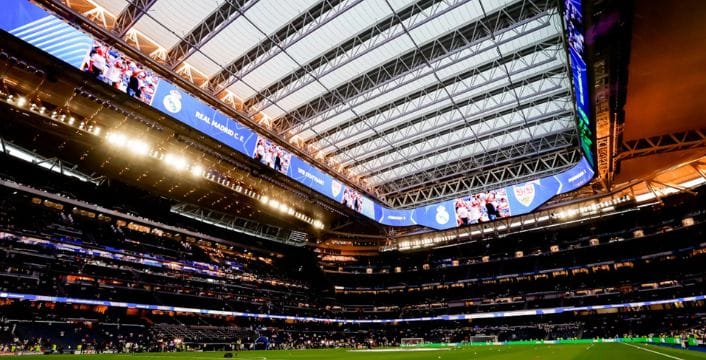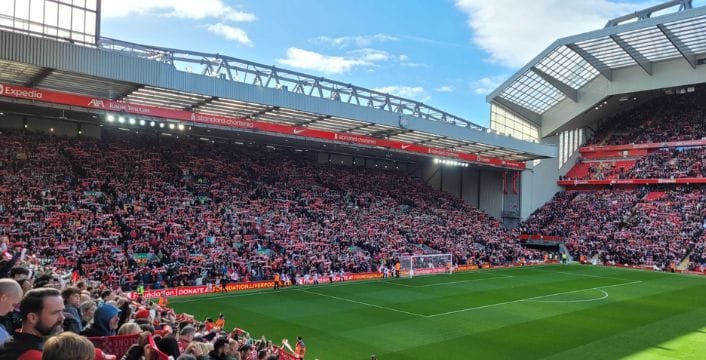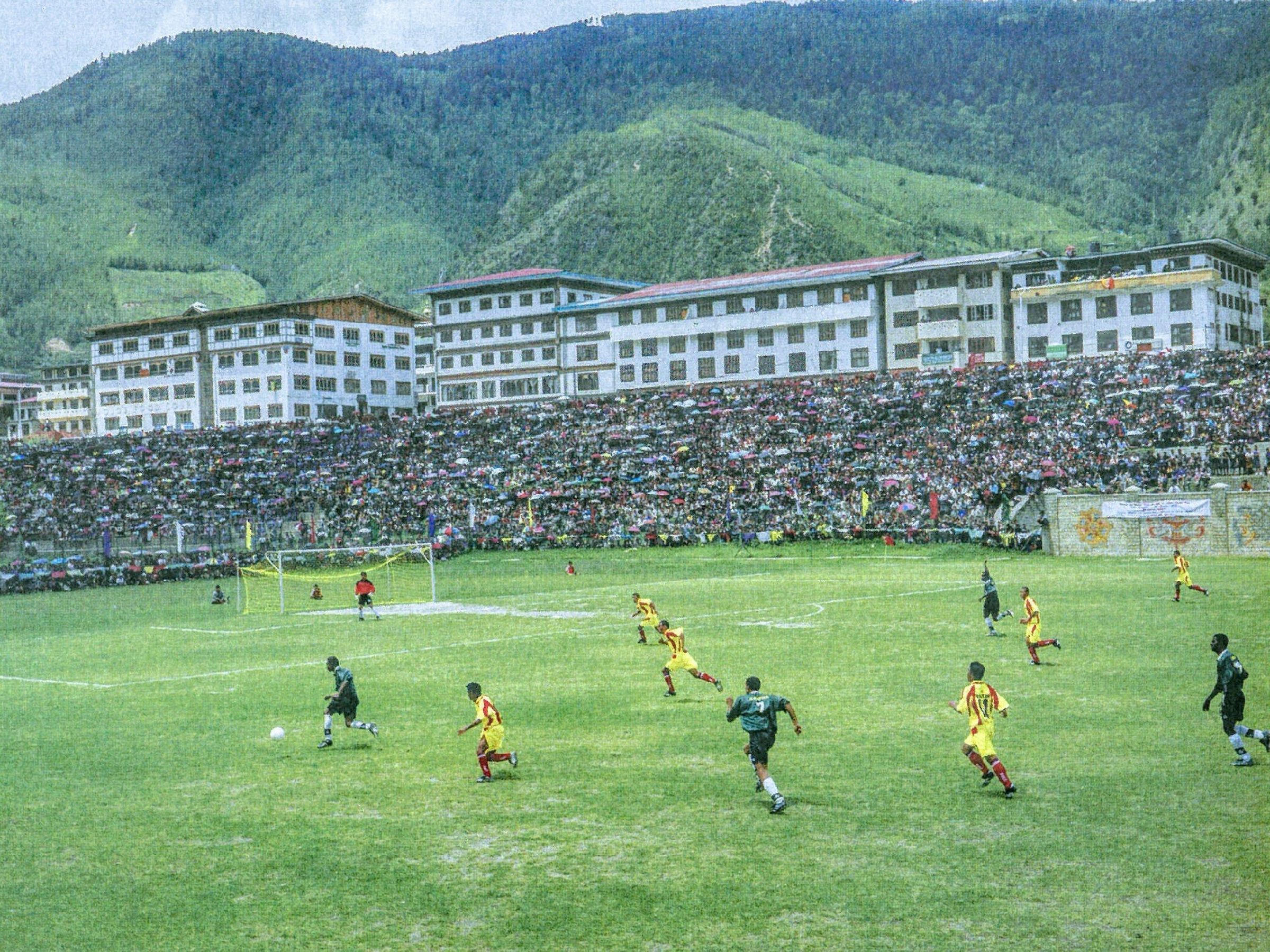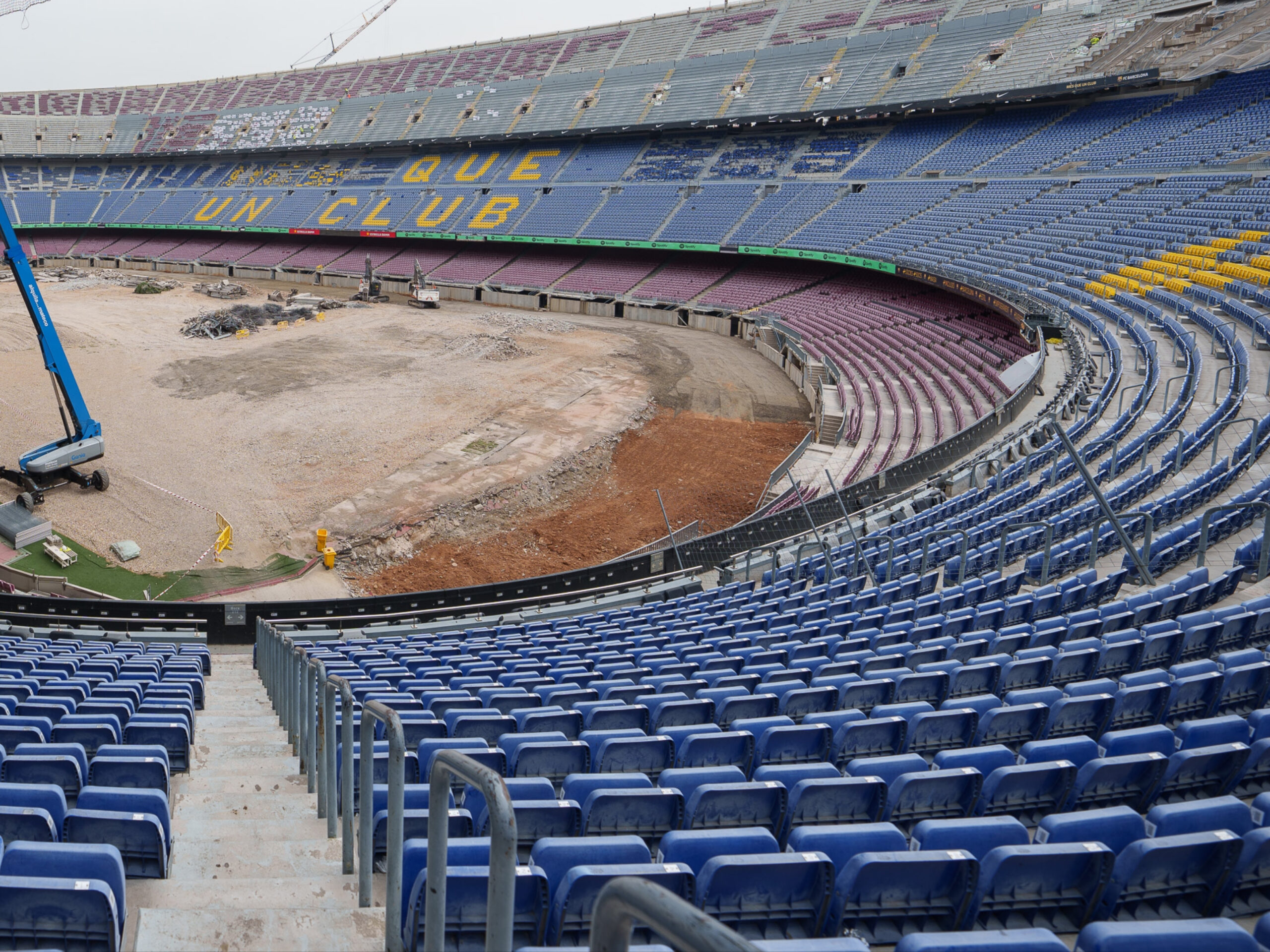
There’s nothing quite like watching your favorite team play live at their stadium. Surrounded by thousands of fans, for those magical 90 minutes, a sense of brotherhood or sisterhood emerges, allowing you to forget everything outside the hallowed turf.
Whether it’s the 99,000-seat Camp Nou or an intimate match at Kenilworth Road, live games are always worth it. It’s almost like a pilgrimage—a weekly one for those living close to the stadium or perhaps a once-in-a-lifetime journey for fans traveling from Asia to Europe. Regardless, the experience is unparalleled.
Soccer stadiums are modern-day cathedrals. While they aren’t traditional places of worship, they serve a similar purpose, fulfilling social, emotional, and cultural roles akin to what churches or other places of worship have done for centuries.
Since the origins of the game, soccer fans have gathered in stadiums not merely to sit quietly and watch others play. They come for a communal experience, a shared celebration of passion and identity.
In the early days, before soccer became a global phenomenon, teams often comprised players from the local community—individual fans considered “one of their own.” Think of The English Game on Netflix, which portrayed how England’s working class united to support their own against elite college teams. It was more than just a game; it fostered a sense of pride and brotherhood.
Similarly, places of worship have historically served as gathering spaces for communities to celebrate, find solace, and strengthen their bonds. In many ways, soccer stadiums fulfill a comparable role today. They offer fans a sense of belonging and excitement, where emotions run high and victories are celebrated collectively, creating a powerful sense of devotion and unity.
So, the next time you see Manchester United fans hang the ‘MUFC is my religion’ banner on the Stretford End at Old Trafford, know that it is much more than just a metaphor.
Whether it’s performing the Poznań, lighting flares, or singing ‘You’ll Never Walk Alone,’ soccer stadiums are brimming with rituals that fans partake in week after week.
It’s important to reiterate that this isn’t a direct, one-to-one comparison with rituals in cathedrals or other places of worship. The rituals themselves are, of course, very different. But the emphasis here is on the concept of rituals.

In churches, temples, or mosques, rituals might include praying, lighting candles, or singing hymns together—often weekly. In soccer stadiums, these rituals take the form of holding hands, jumping in unison, displaying tifos or banners, showering confetti, or singing songs dedicated to the club. These traditions, too, are carried out with the same regularity, almost every week.
These soccer traditions don’t just develop overnight; they’re passed on from generation to generation. Do you think a kid who supports Real Sociedad in La Liga just knows to turn around and start jumping every time their team scores? No, people around them taught them that—just as they will teach the next generation.
“You can change your house, your car, maybe even your wife, but never your favorite soccer team” – a quote we’ve all heard casually thrown around while growing up.
Well, if you ask a hardcore soccer fan, it rings true. Loyalty is what defines you as a true supporter of your club, and there’s no better place to prove that than in the stadium, cheering your team on.
It builds a sense of community. Supporters of Chelsea, for example, who flock to Stamford Bridge, will instantly feel a connection to those around them in blue.
You don’t need to know the person sitting next to you personally. All you need to know is that they are true Chelsea fans, and they want the same thing you do—success for the club.
This point becomes much clearer with a direct example. Powerful clubs often have massive stadiums that dominate the skyline of their city or town, becoming its most important landmark.
In the past, places of worship symbolized the power held by the state, which, in many cases, was closely tied to religion. Take, for instance, the Notre Dame Cathedral in Paris—an iconic structure that was not just a place of spiritual worship but also a symbol of the city’s historical and cultural significance.
Today, the world’s biggest soccer clubs build the most impressive stadiums. Take the Santiago Bernabéu in Madrid, for example. Real Madrid, the highest-revenue-generating club in the world, decided to invest over a billion dollars to transform the stadium into a modern spectacle that resembles a spaceship. Today, it stands as the fourth-most visited museum in the city of Madrid.
Clubs, when they grow, also tend to invest in new stadiums or revamp old ones, not just to show their wealth off, but because it brings in more visitors. Everton, for instance, backed by wealthy owners, is building a whole new, much more modern-looking stadium that will replace The Toffees’ previous place of heritage.
Architecture is the most striking similarity between soccer stadiums and cathedrals. Yes, they don’t look like the Sagrada Familia in Barcelona but the architectural thought shares some key elements. Both serve as powerful cultural landmarks that showcase the values of the institutions they represent. Cathedrals were built to reflect the grandeur and glory of the divine, often using intricate details, soaring towers, and expansive, awe-inspiring designs.

Similarly, stadiums are designed to reflect the ambition, pride, and power of the soccer clubs they represent. They are often built on an immense scale to provide a sense of majesty and importance. The construction of stadiums like the Allianz Arena in Munich, with its illuminating facade, or the Emirates Stadium in London, which combines modernism with functionality, mirrors the architectural grandeur of the great cathedrals.
Stadium designs are about more than just aesthetics. They are a statement of a club’s identity and its values. Whether it’s creating a modern, high-tech venue that offers fans an unparalleled experience or incorporating historical elements that connect the stadium to the local community’s heritage, the architecture of soccer stadiums is integral to the experience.
This modern “cathedral” is a place not just for spectators, but for people to come together and witness something larger than themselves—just as the cathedral once was.





